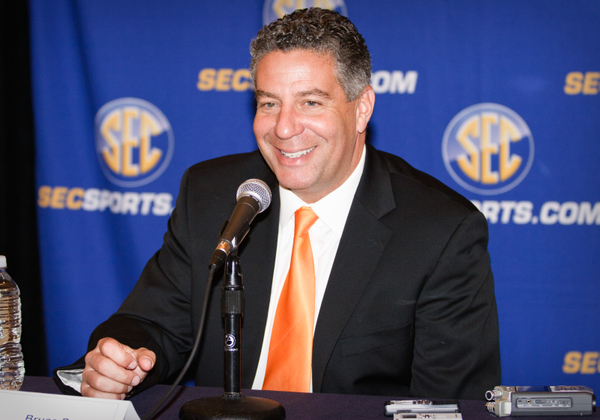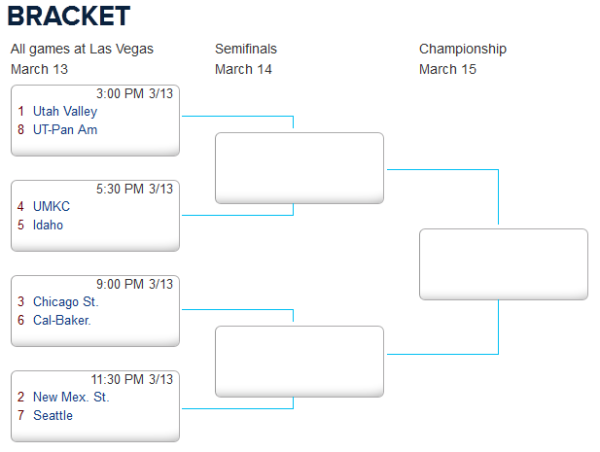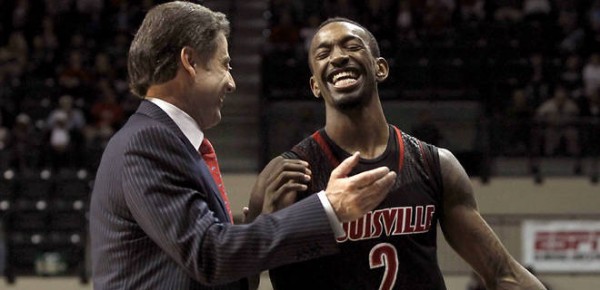What We Can Expect From Auburn in Bruce Pearl’s First Year
Posted by Greg Mitchell on October 16th, 2014The SEC’s basketball profile will continue to flounder until some of the other 12 programs other than Florida and Kentucky develop into consistent winners. The conference needs the depth of several year-in, year-out NCAA bid contenders to complement those two crown jewels. Suddenly, Auburn, which hasn’t had a winning season since 2008-09 and hasn’t been ranked in over 10 years, looks as ready as anyone to make that leap. The reason? Simple. Bruce Pearl’s return to the conference.
The former Milwaukee and Tennessee coach has already provided a jolt in fan support and recruiting since being hired last spring. For example, in late August he signed three key recruits in four days to give Auburn one of the current best 2015 recruiting classes in the conference. It’s a virtual certainty that this excitement will eventually lead to on-court improvement, but how soon is it reasonable to expect? If his past performance is any indication, it might be sooner than you think. Below we examine how Pearl fared in each of his first years leading the Panthers and the Vols.
2001-02 Milwaukee Panthers
What happened: Pearl took over when Wisconsin hired a coach named Bo Ryan, who had gone only 30-27 in his two seasons at Milwaukee. At 16-13 overall, the Panthers won only one more game in Pearl’s first season than they had the year before, and there was no postseason. Nevertheless, Milwaukee jumped to third place in the Horizon League (11-5) after finishing fifth (7-7) in Ryan’s last year (in what was then unimaginatively called the “Midwest Collegiate Conference”). Not surprisingly, Pearl revved up the pace of action (72.7 possessions per 40 minutes) over Ryan’s more disciplined approach (65.3), but this didn’t necessarily yield better efficiency since the Panthers scored and allowed roughly the same number of points per possession and didn’t see a big uptick in free throw attempts. The biggest reason for the slight improvement in the conference standings seems to have been better play from a trio of junior guards: Clay Tucker, Ronnie Jones, and Jason Frederick. The diminutive Jones (5’9’’) made the biggest jump, upping his scoring average by seven points per game and dishing out an additional assist per contest.













































